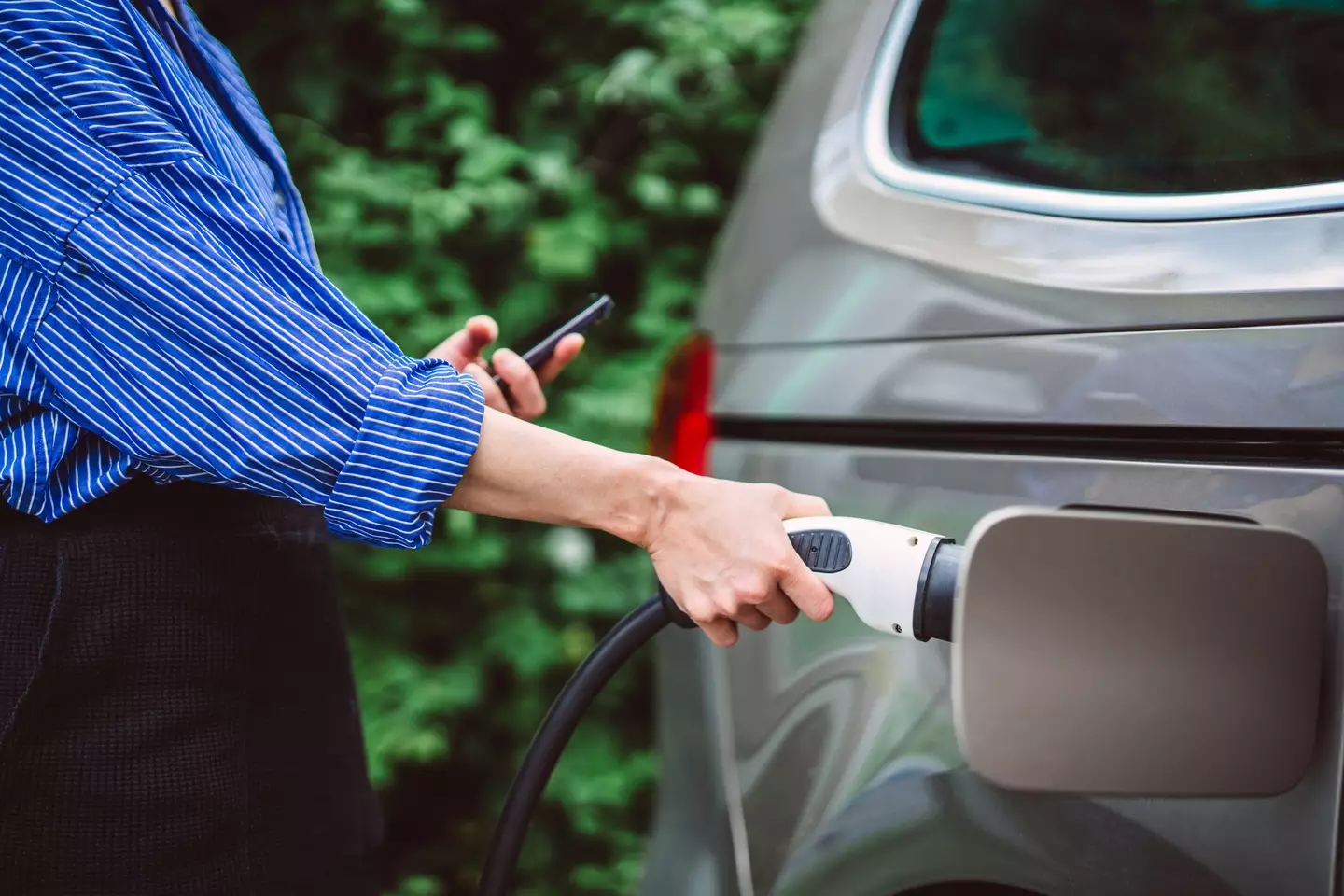People were shocked by the bill, with many left confused over the amount the driver had to pay
A Tesla driver recently left the online community stunned after sharing their electricity bill for an entire 12-month period. The bill, shared on social media, raised eyebrows for its surprisingly low amount, leaving many people both shocked and confused.
Understanding Electric Car Costs
Energy supplier EDF explains that the cost of running an electric vehicle (EV) largely depends on the make and model of the car, as each vehicle has its own energy requirements. Despite the differences, electric cars are generally more cost-efficient over time. They require less maintenance compared to traditional fuel-powered vehicles, making them an attractive option for many drivers.
Most EV owners charge their cars at home using specialized outlets, although public charging points are also widely available. To minimize costs, it’s crucial to choose the right energy tariff for home charging. Installing a home charging outlet, however, is not cheap, with installation costs typically starting at £900 or more.
Charging Costs: Breaking It Down
The cost of charging an EV varies significantly depending on the method used. According to energy company Octopus, charging at home can cost as little as 3p per mile. For public options, the costs increase slightly, with lamppost chargers averaging around 14p per mile and rapid public charging costing about 18p per mile. Recharging times also vary, ranging from just one hour to as much as 10 hours, depending on the charging speed and the type of charger.
The Viral Post
Over in the United States, one Tesla owner took to X (formerly Twitter) to share their surprisingly low electricity bill. The user, @Tesla_GTownTX, posted a screenshot of their bill, which totaled only $2.37 (£1.89) for the entire year. Accompanying the post, they wrote: “First time I’ve had a bill within the last 12 months. This sucks.”
The Internet’s Reaction
The post quickly went viral, with people expressing disbelief over how the bill could be so low. Many questioned whether the Tesla owner had invested in additional measures to keep costs down.
One user asked, “How much did you pay for the solar panels and wall battery?” Another chimed in, “Post your statement for your Powerwall/solar panel payments.”
The Secret Behind the Savings
The Tesla owner explained that their exceptionally low bill was made possible by using solar panels and a Tesla Powerwall. The Powerwall, a rechargeable lithium-ion battery, stores energy collected from solar panels or the electricity grid. According to Tesla, the Powerwall provides energy security and financial benefits by allowing users to store energy for later use. The system also includes energy monitoring, metering, and smart controls that can be customized via the Tesla app.

The Price of Energy Independence
While the savings on electricity bills are impressive, the initial investment for these technologies can be substantial. A Tesla Powerwall alone costs between £5,000 and £10,000, and adding solar panels only increases the upfront cost. Despite this, many argue that the long-term savings and environmental benefits make it a worthwhile investment.
Final Thoughts
This viral post highlights how technology like solar panels and Powerwalls can dramatically reduce electricity costs, even for something as energy-intensive as charging an electric car. However, it also underscores the hefty initial costs that come with such systems. For those considering the shift to an electric vehicle, understanding the full financial picture—including both upfront costs and potential savings—is essential.

